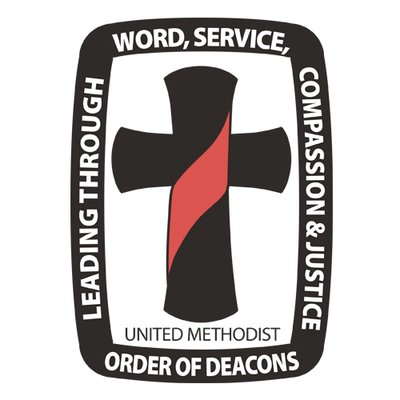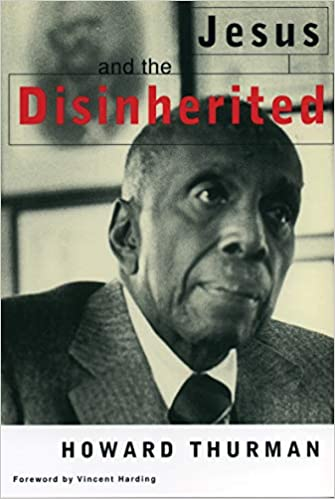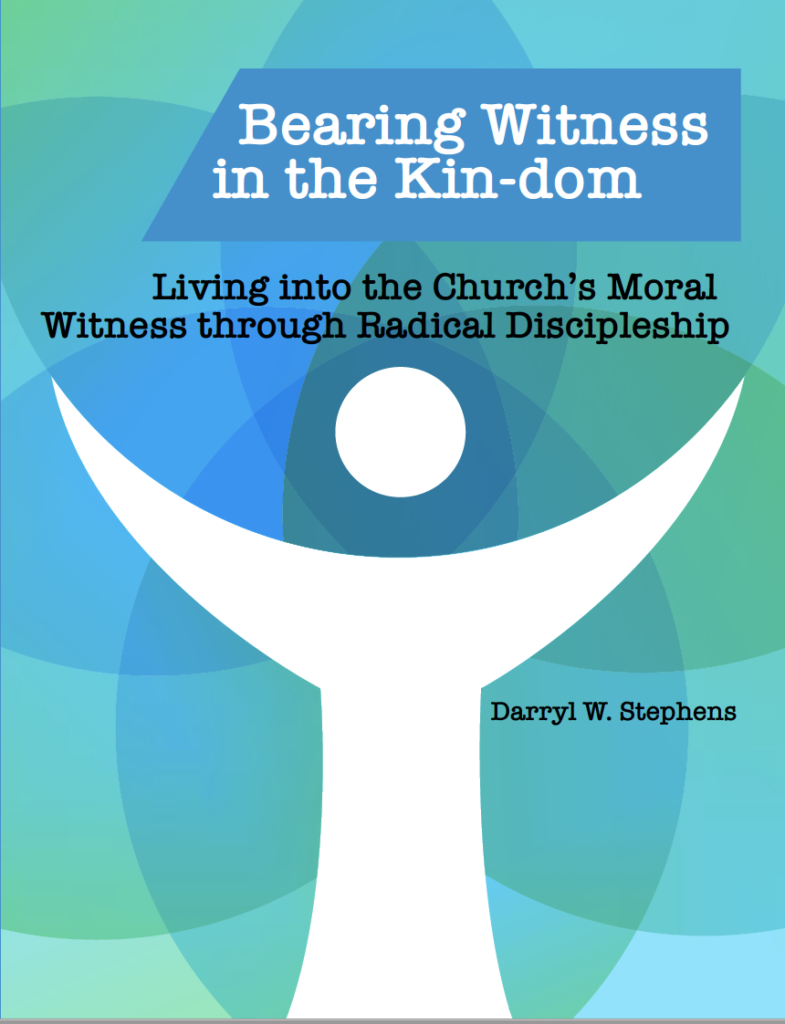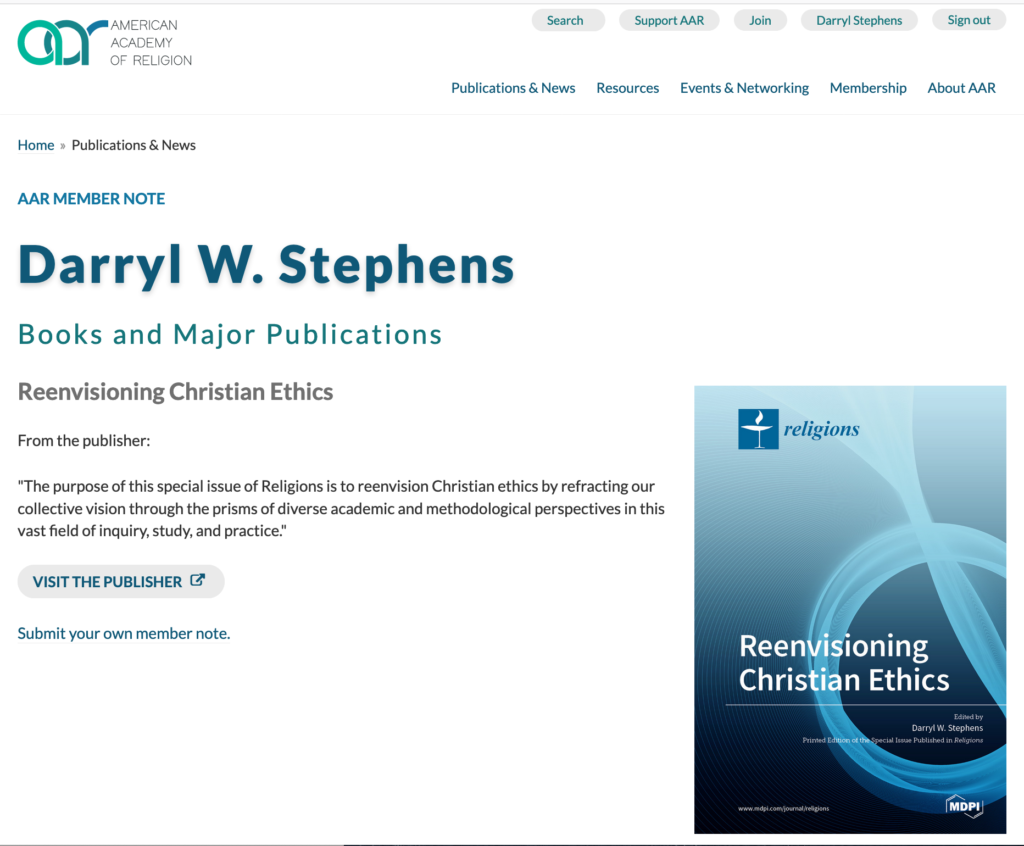Are Christians allowed to get angry? Can anger and love work together? What do we do with feelings of anger when we are trying to promote justice in the world?

With these questions, United Methodist deacons gathered November 7 via video conference to strengthen their ministries of combat racism. This was the first of a series of anti-racism workshops planned by the Orders of Deacons of the Eastern Pennsylvania and Peninsula-Delaware Annual Conferences of The United Methodist Church.
The idea for this work was inspired during our annual day with the bishop, a virtual meeting held September 19. After spending time with Bishop Peggy Johnson and hearing her proclamation of the gospel, we proceeded to discuss that which was most pressing on our hearts. One of these concerns was, “How do we deal with anger in our justice ministries?”
“Anger is a theological issue,” asserted Christinah Kwaramba, former elder of the Zimbabwe East Annual Conference who recently transferred to Eastern Pennsylvania as a deacon. So is hate, added Carlos S. Reyes Rodríguez, Coordinator of Hispanic-Latino Ministries for the Peninsula-Delaware Conference and Missionary from Global Ministries.
Nikki Kleinberg then suggested we come up with a shared method to being an anti-racist community. “Our theological understanding of anger and hate in our context” began with the following assumptions:
- God is angry at the injustice evident in the world today.
- Injustice puts each of us at risk of harm in different ways, depending on our individual and community experience.
- As deacons, we lift our experience to God and join in God’s anger at injustice and commit to seeking justice in our context.
The recent workshop, “The Role of Anger in the Work of Justice and Love,” was one result of this discussion. As Chair of the Order of Deacons in Eastern Pennsylvania, I facilitated the discussion.

To prepare ourselves, we read from several sources. We began with Howard Thurman. In chapter 4 of Jesus and the Disinherited, he wrote about hate as a protective mechanism for both oppressor and oppressed. Hate enables the oppressor to treat others inhumanely; hate is a survival strategy for the oppressed. Yet, “Despite all the positive psychological attributes of hatred we have outlined, hatred destroys finally the core of the life of the hater” (p. 86). Thus, asserted Thurman, “Jesus rejected hatred” (p. 88).
Hatred and anger, we decided, are very different emotions. So, we turned to the writing of Beverly Harrison for guidance.
The moral question is not “what do I feel?” but rather “what do I do with what I feel?”
Anger is not the opposite of love. It is better understood as a feeling-signal that all is not well in our relation to other persons or groups or to the world around us. . . . anger signals something amiss in relationship . . . Such anger is a signal that change is called for, that transformation in relations is required.
Anger denied subverts community. . . . where feeling is evaded, where anger is hidden or goes unattended, masking itself, there the power of love, the power to act, to deepen relation, atrophies and dies.
Beverly W. Harrison, “The Power of Anger in the Work of Love“
If we cannot deny our anger, what do we do with it? To turn our anger into positive, productive channels for justice requires a lot of attention, spiritual discipline, and preparation. Deacon Mary Elizabeth Moore, dean of the Boston University School of Theology, provided us a path to action.

“Today is a good day to be angry about things that really matter, as Jesus did. . . . Anger is Holy when it is addressed to wrongs against God and God’s people and creation. It is powerful when it is not a stopping place, but a starting place toward “never again” – toward healing broken lives and broken systems!“
After acknowledging and affirming anger about racism, Moore suggested that anger appropriately channeled should promote moral awakening. “If anger is to be powerful in the work of love, it needs to awaken people to the realities of abuse and suffering endured by persons of color.” This awakening requires attentive listening by those of us who benefit from white privilege.
“[Awakening] is hard work, and even more so for people of white privilege (like me) and/or any kind of privilege. People distanced by privilege need to listen long and hard . . . We need to listen to the hard realities of discrimination in health care and housing; abuses of immigrants; and racial slams in streets, stores, schools, and homes. Awakening requires hours and days and a lifetime of listening to the voices of people who are aching and terrified for their lives and those of their children.”
Deacon Mary Elizabeth Moore
Anger. Awakening. Then what? Moore concluded by insisting that anger and awakening must be followed by action. But what kind of action?
As deacons, we are commissioned and ordained to ministries of Word, Service, Justice, and Compassion. It is easy to get overwhelmed with the extent to which the world fails to live up to the standard of God’s justice. It is easy to get discouraged with the enormity of the task of anti-racism. It is tempting to dwell in our anger, feeling righteously indignant. Yet, we find sollace, encouragement, support, and accountability within the covenant community, the Order of Deacons.
We remind each other that we are already engaged in action. Deborah Tanksley-Brown shared about her work in the community, bridging segregated neighborhoods. Allen Keller shared about his advocacy for persons in a hospital setting. Lisa Flores shared about leading a book study of Trouble I’ve Seen: Changing the Way the Church Views Racism by Drew Hart. Carlos Reyes Rodríguez wrote a powerful poem entitled, “Liberating Hate, Oppressive Love.” I wrote about racism and injustice in the 2021 Spiritual Growth Study of United Methodist Women. Each of us is already on this journey of anti-racism.
Action to fight racism is not a single step. It is a praxis, a cyclical process of anger, awakening, and intentional response. Our responses are individual and contextual as well as coordinated and timely. Our ministries are both indepent and interdependent. We provide each other nuture and accountablity. And for these reasons, we agreed to meet again and again to consider how the Order of Deacons can continue becoming an anti-racist community.
We closed this workshop with words from Moore: “Even as we recognize our limits, we can direct our anger to the work of love, to awakening, and to action. God does not ask us to save the world, but merely to give ourselves to the world-loving, world-saving work that is God’s.”
Amen and amen.
If you feel called to a lifetime ministry of love, justice, and service, consider exploring the several avenues of diakonia available in The United Methodist Church: deaconess, home missioner, and deacon.
Suggested Readings and Resources
Breakdown Whiteness. Resources to Dismantle White Supremacy, Brick by Brick. https://www.breakdownwhiteness.org/
General Commission on Religion and Race, The United Methodist Church. “GCORR Real Talk.” Links to resources.
Harrison, Beverly Wildung. “The Power of Anger in the Work of Love.” In Making the Connections, edited by Carol S. Robb. Boston: Beacon.
Hart, Drew G. I. 2016. Trouble I’ve Seen: Changing the Way the Church Views Racism. Harrisonburg, VA: Herald Press.
Moore, Mary Elizabeth. 2020. “Anger, Awakening, Action—A Message from Dean Moore.” https://www.bu.edu/sth/anger-awakening-action-a-message-from-dean-moore/
Practicing Democracy: https://www.spiritualityandpractice.com/practicing-democracy-project/features/view/28915/practicing-democracy-through-advocacy-and-outreach
Reyes Rodríguez, Carlos. 2020. “Liberating Hate, Oppressive Love.” Video. https://youtu.be/MP3oArm-GeI.
Stephens, Darryl W. 2020. Bearing Witness in the Kin-dom: Living into the Church’s Moral Witness through Radical Discipleship. New York: United Methodist Women.
Thurman, Howard. 1949. Jesus and the Disinherited. New York: Abingdon. https://archive.org/details/in.ernet.dli.2015.260684/page/n85/mode/2up.
The United Methodist Church. 2020. “Intersectionality: Dismantling Racism Panel Discussion.” Erin Hawkins, Miguel De La Torre, and Traci West. video.
United Methodist Women. “Charter for Racial Justice” and “Racial Justice: Advocacy and Education.”




